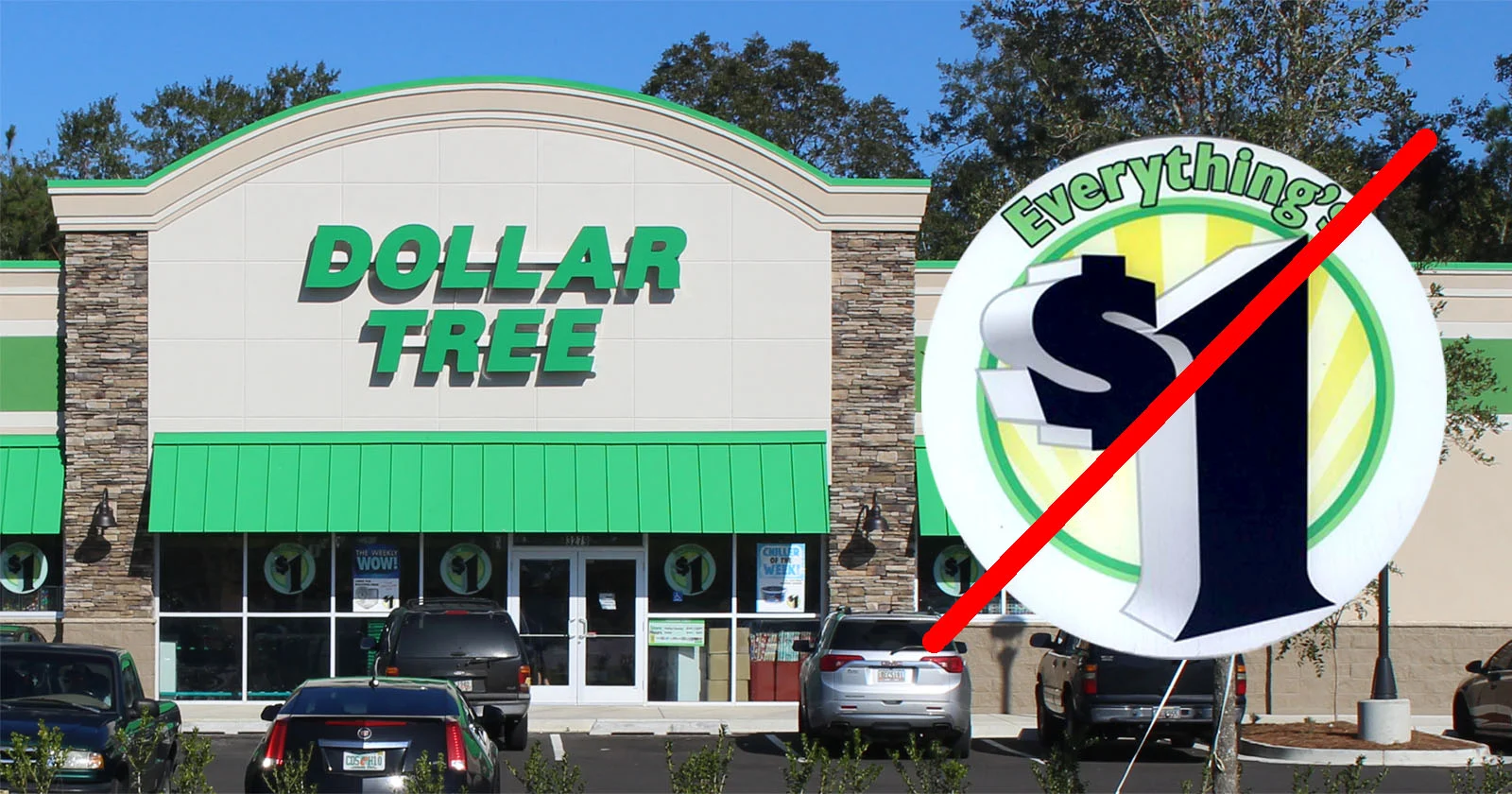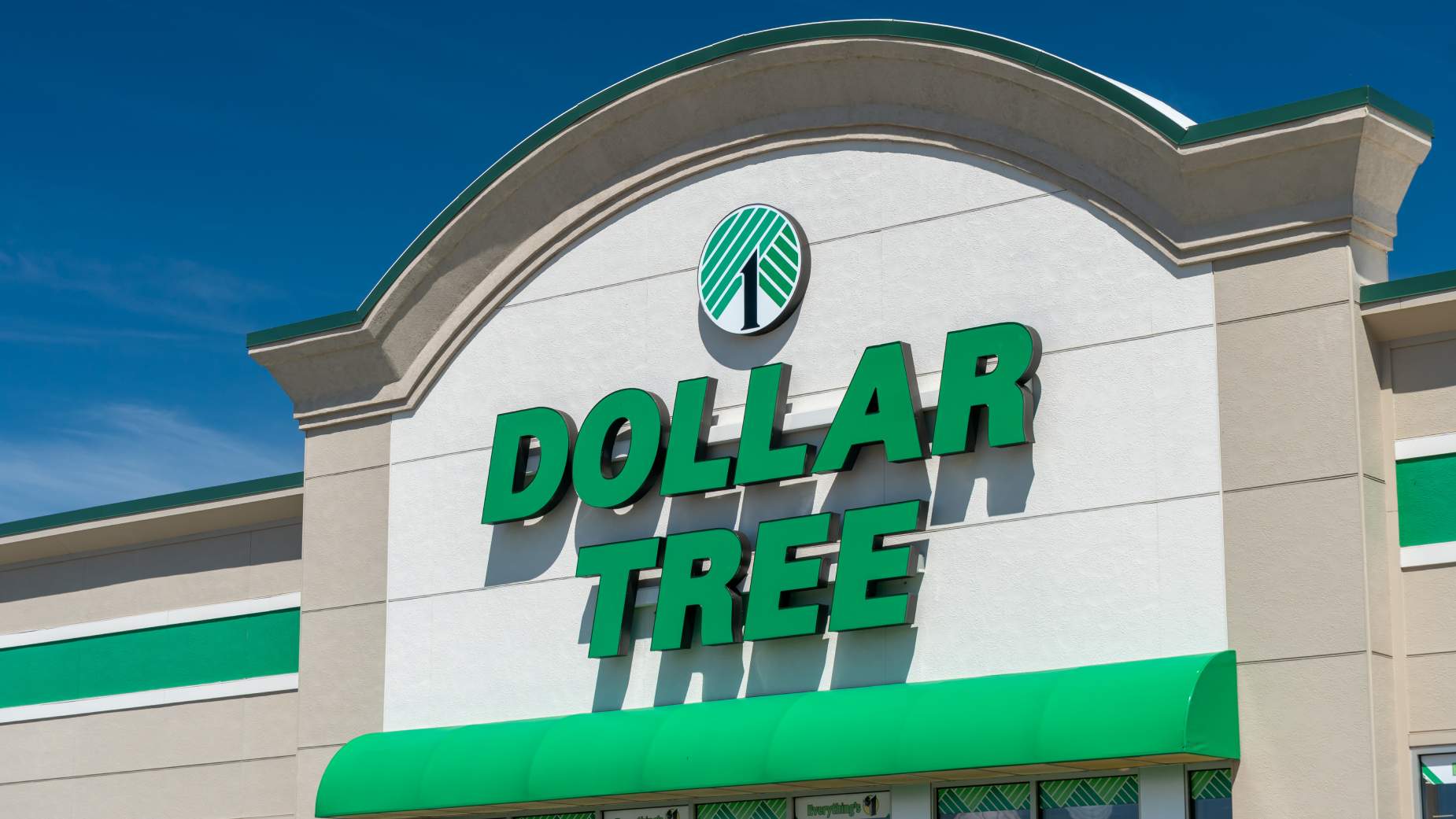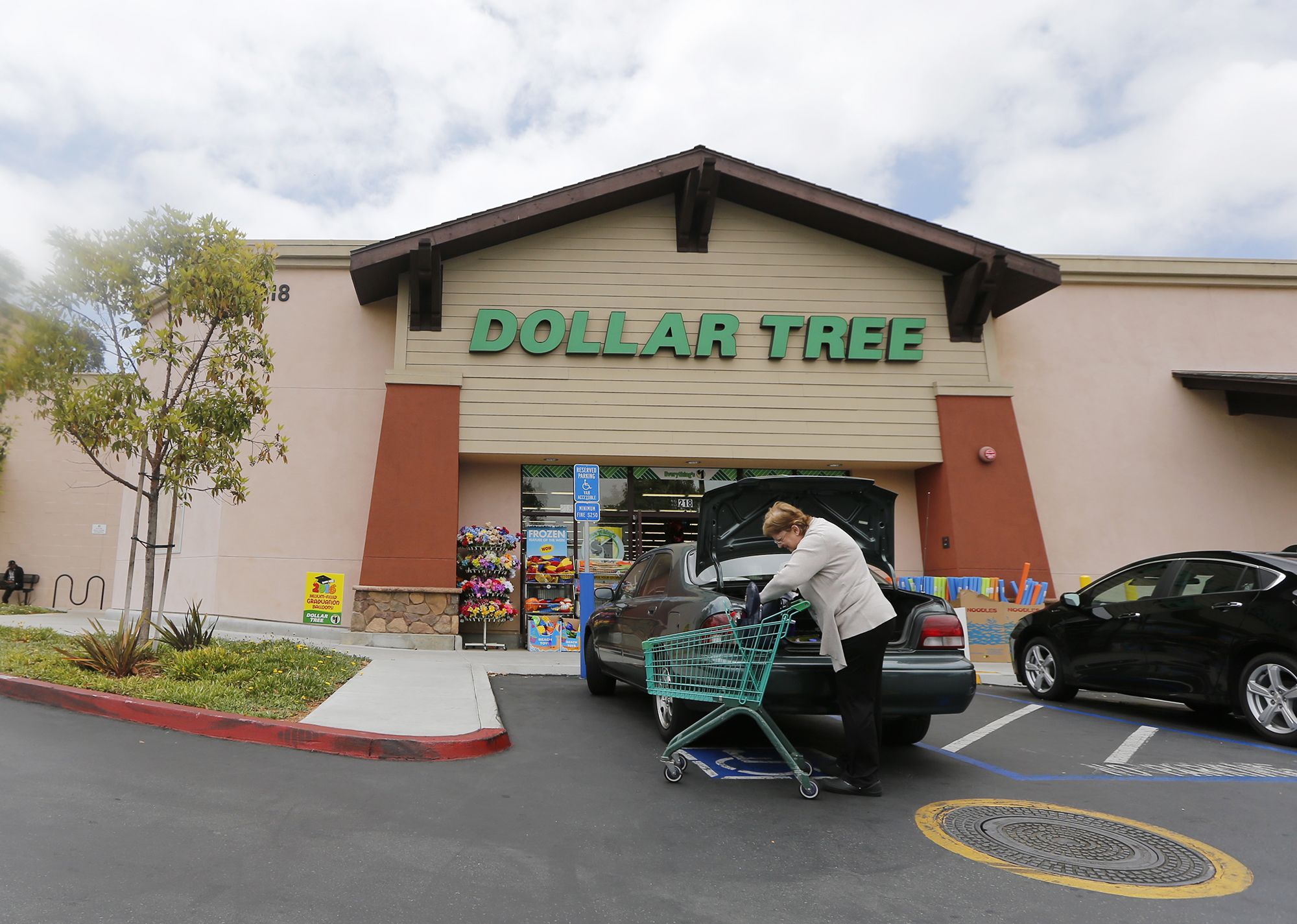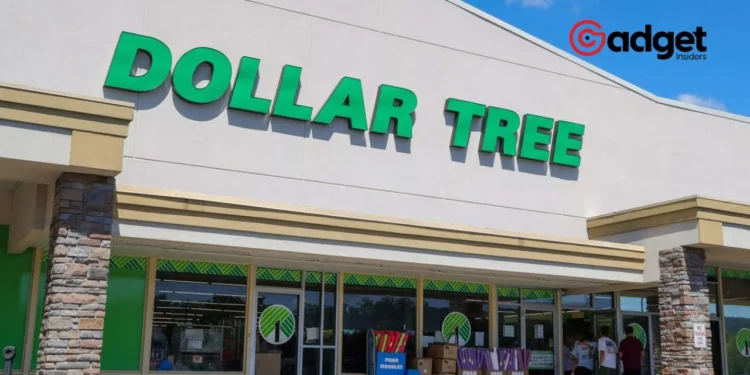For years, Dollar Tree has served as a bastion of predictability in the retail sector, a place where shoppers could count on every item costing just $1. The simplicity of this model distinguished it from competitors like Dollar General, which has utilized a multi-price strategy for some time. However, recent shifts in Dollar Tree’s pricing policy have sparked significant customer unrest and threats of loyalty shifts to other retailers like Walmart.

In a surprising move announced in March, the once steadfast $1 price tag at Dollar Tree began to climb, first to $1.25 and now potentially up to $7 for select items. This adjustment has left many long-time customers reevaluating the value of shopping at the popular dollar store.
Customer Reactions and Competitive Shifts
Scott Kolack, a patron of Dollar Tree in West Palm Beach, Florida, voiced his concerns on local TV, saying, “If items were to go up to $7, that’d be too much. I’d rather just get everything at Walmart.” This sentiment is echoed across various social media platforms where customers have expressed their dissatisfaction vehemently. One irate shopper commented on Dollar Tree’s Instagram, “$7 dollar store!! Not shopping with y’all no more,” highlighting the stark departure from the store’s original value proposition.
the dollar tree having a price scanner makes me physically sick pic.twitter.com/loiY3zQiof
— Noi (@pookieepiee) April 9, 2024
This price increment comes at a time when competitors like Five Below, Family Dollar, and Dollar General continue to offer competitive pricing strategies, further threatening Dollar Tree’s market share. As one commenter aptly put it, “$1.25 was acceptable, but $7? We might as well go to Five Below, Family Dollar, Dollar General. Don’t be surprised when business depreciates.”
Strategic Adjustments Amid Rising Costs
Dollar Tree’s decision to hike prices is not without its reasons. The introduction of higher-priced items—ranging from $1.50 to $7—includes products previously not offered due to cost constraints, such as frozen waffles and coffee creamer. Rick Dreiling, CEO of Dollar Tree, mentioned that this new pricing strategy would be rolled out to 3,000 of its 8,000 locations, reflecting a significant shift in the company’s approach to inventory and pricing.

The Impact on Sales and Customer Behavior
The implications of these changes are already being felt at the cash registers. A former store manager from Minnesota observed that following the initial price increase to $1.25, customers began purchasing fewer items. “Your average sale should actually go up a little bit if they’re paying more,” the manager remarked. Instead, he saw customers counting at the registers and lamenting, “Oh, geez, I’m at $5 already. That’s only four items.”
The manager further noted, “A quarter doesn’t sound like much, but when that’s the people you’re catering to, it is a lot.” This shift indicates a potential misalignment between Dollar Tree’s new pricing strategy and its core customer base, who have traditionally relied on the store for rock-bottom prices during tough economic times.

Dollar Tree’s Pricing Dilemma: Balancing Profit Margins and Customer Loyalty
As Dollar Tree navigates this pivotal transition, the broader implications for budget retailers become clear. Will the lure of potentially higher profit margins from upscale products compensate for the possible alienation of a significant segment of their customer base? Only time will tell if this gamble pays off or if it pushes loyal customers permanently towards more consistent pricing landscapes like Walmart.










